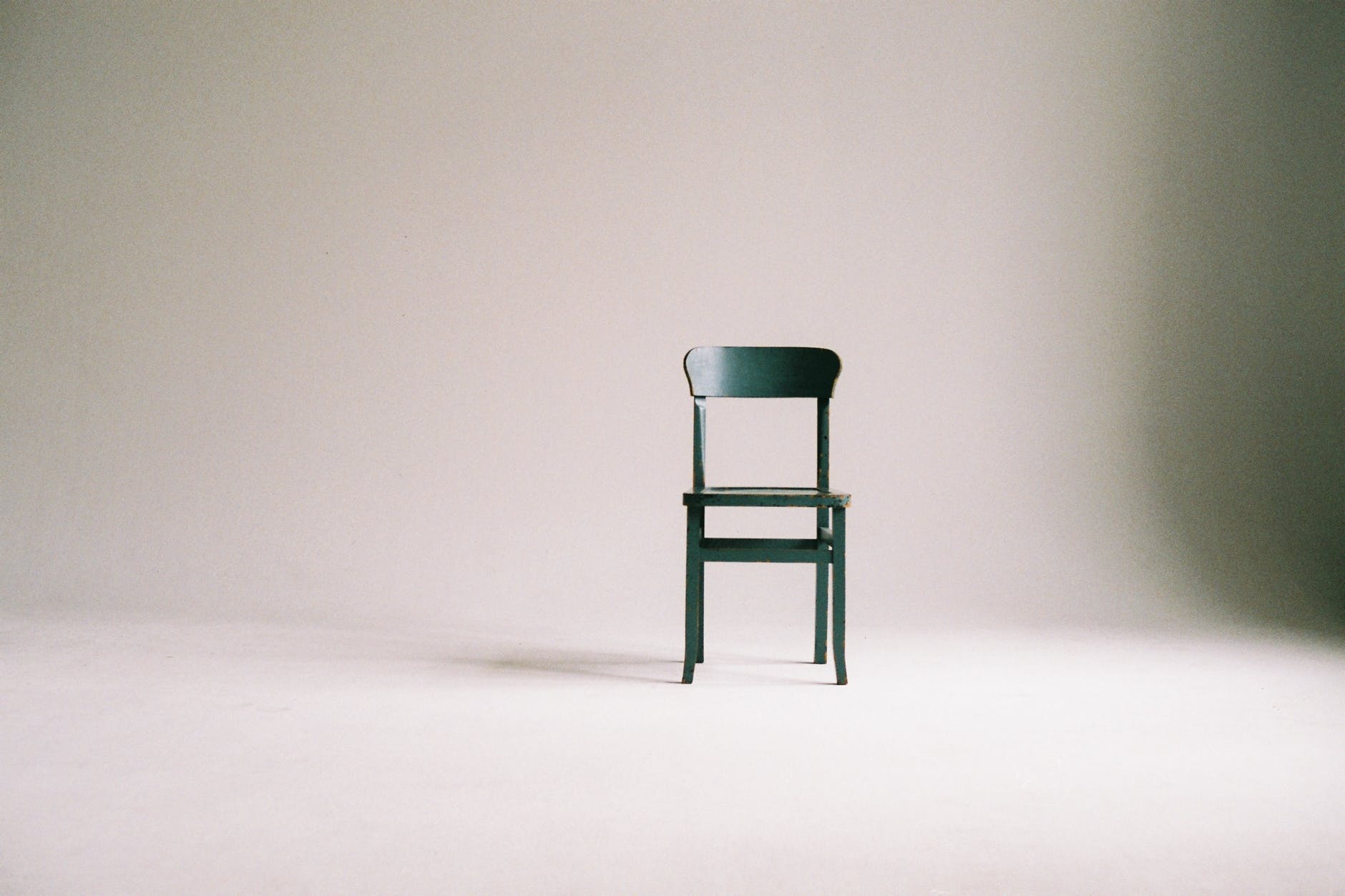Product usability and user experience (UX) is super subjective. As a discipline or area of study it is relatively new, early references appeared in as early as 1983. A report by Robert F Cotellessa under the sponsorship of the Directorate of Engineering of the National Science Foundation in collaboration with the US Department of Defense referenced software productivity as a people problem. That report viewed software as a productivity tool not as entertainment or anything else.
“The fundamental problem is to increase the productivity of people: software systems developers, software applications developers, software maintenance people, etc. A related problem is the productivity of end users, but this involves a separate set of questions on product usability, common user interfaces common databases and standard communications protocols…”
Report of the Information Technology Workshop AD-A144 212
Check out this ISO 9241–11:2018 (Ergonomics of human-system interaction) standard wherein usability is defined as “the extent to which a product can be used by specified users to achieve specified goals, with effectiveness, efficiency, and satisfaction in a specified user context”. – sounds an awful lot like a productivity position. Though we can argue that the world has moved on in the nearly forty years that have elapsed and that the ISO standards are about making business and industry effective we have to see that software is often much more than simply a productivity tool.
There are always some fundamental productivity related traits that designers need to keep in focus when building software products. These relate to variability in user behaviour and styles of use and preferences and optimising use of tools when creativity is not the objective, conversely, determining design paradigms that are most appropriate for the creatives.
Min vs Max
At the most fundamental level in my mind, there are two schools of thought around design of the user experience. The school that teaches that less is better and that the screen should surface the artefacts most used and render with aspects that are most frequently changed and then the counter argument that states that the user should have access to everything jammed in as elegantly as possible, and everything that can be maintained is accessible with the least number of mouse clicks or key strokes. I guess you can think of this as minimalist vs maximalist approach.
A maximalist design leverages patterns, designs, and elements that make actions and opportunities for action to be unmissable. There is an argument that the latter lose some aesthetic and be quite random and so for heavily brand curated experiences the maximalist approach may be less appealing. You only have to consider the iPhone design when compared to other phones of the day like the blackberry to understand the differences in approach.
A dialog along these lines is interesting on many levels not only because there are some implicit assumptions in the way that people navigate but in particular the expectations that one might or might not have regarding the rendering of data when working with software in particular.
One of my sentiments about working with data is that data below the fold is problematic. This applies not only to websites but also with data tools. Now, this could be tied to my being a little obsessive and possessive but it could equally be because I recognise that what you cannot see, you cannot measure or resolve for. This is one of the reasons that an early introduction to software spreadsheets was the ability to freeze title or row labels and the introduction of frozen panes. These capabilities were a boon in those tools which were competing with people still using paper worksheets and mainframe green screens.
Returning to the topic of the fold, it is that invisible line where the browser rendering ends and to go further you have to page down or scroll. It’s a sustained problem on mobile devices where the web experience is not optimized and often the solution is to break the content into multiple pages so as to avoid the scroll challenge.
Pagination now becomes further complicated when you are building applications that work with data but which have noSQL databases beneath them. Pagination like this makes it tough to position yourself in the data with precision and you often have to resort to filters and sorts to get exactly what you want.
If you reduce the data set to the minimum then the need for more pages supposedly decreases but the risk of missing or not seeing something increases. It is an interesting usability challenge for which there is no single solution but it is nonetheless an interesting one to think about and keep in mind whenever there is a minimalist vs maximalist aesthetic debate.
